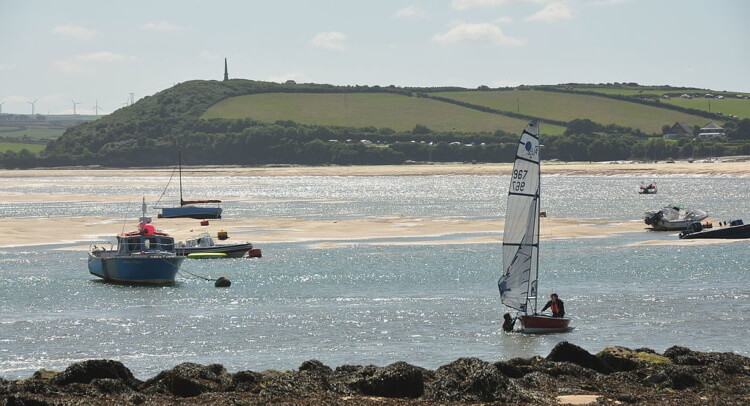
This archived news article is over 5 years old.
Antibiotic Pollution in Estuaries Is Leading to Antibiotic-Resistant Bacteria, Contaminating Seafood
Elizabeth Fox
31st January, 2017


Elizabeth Fox
31st January, 2017
